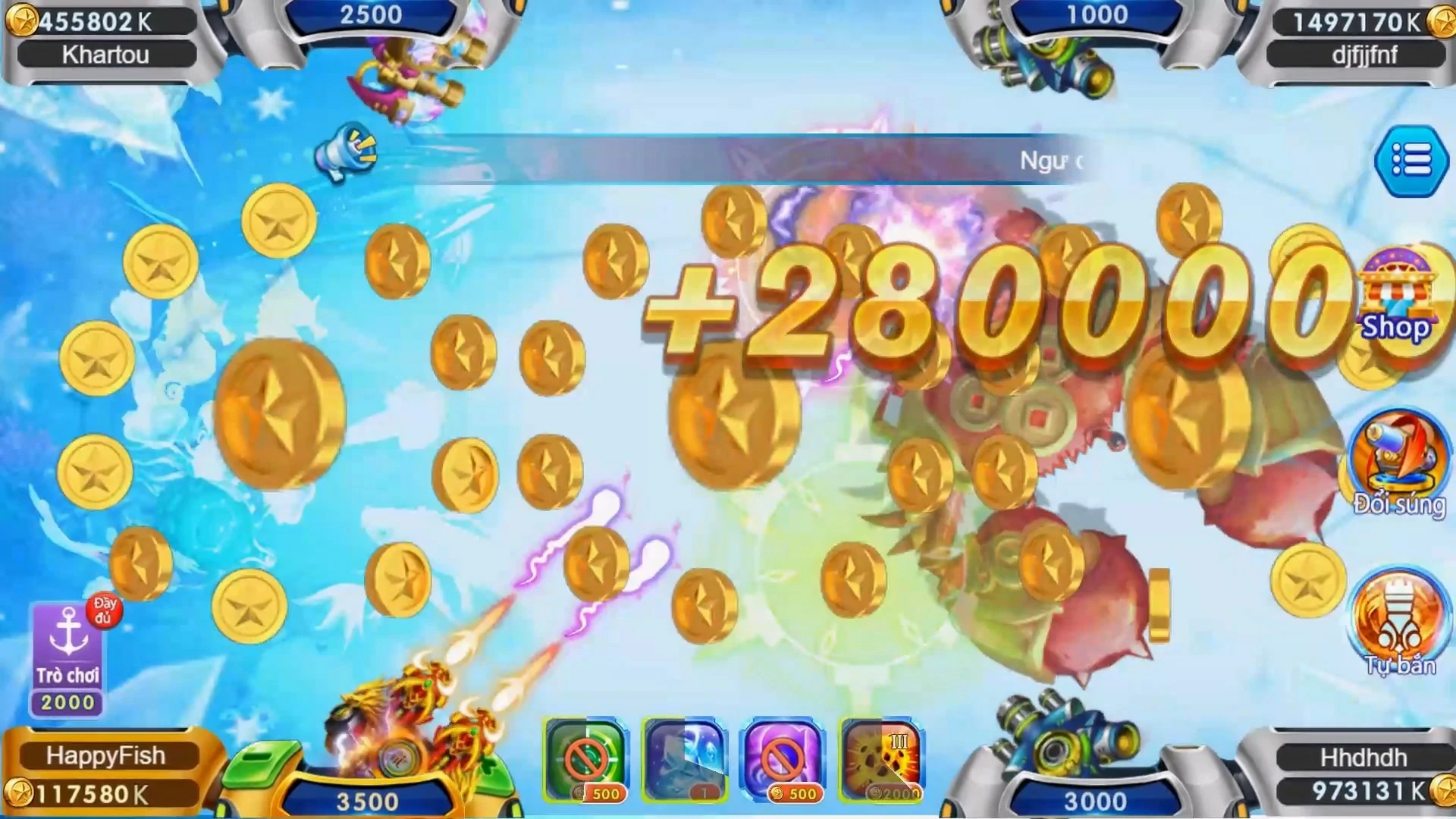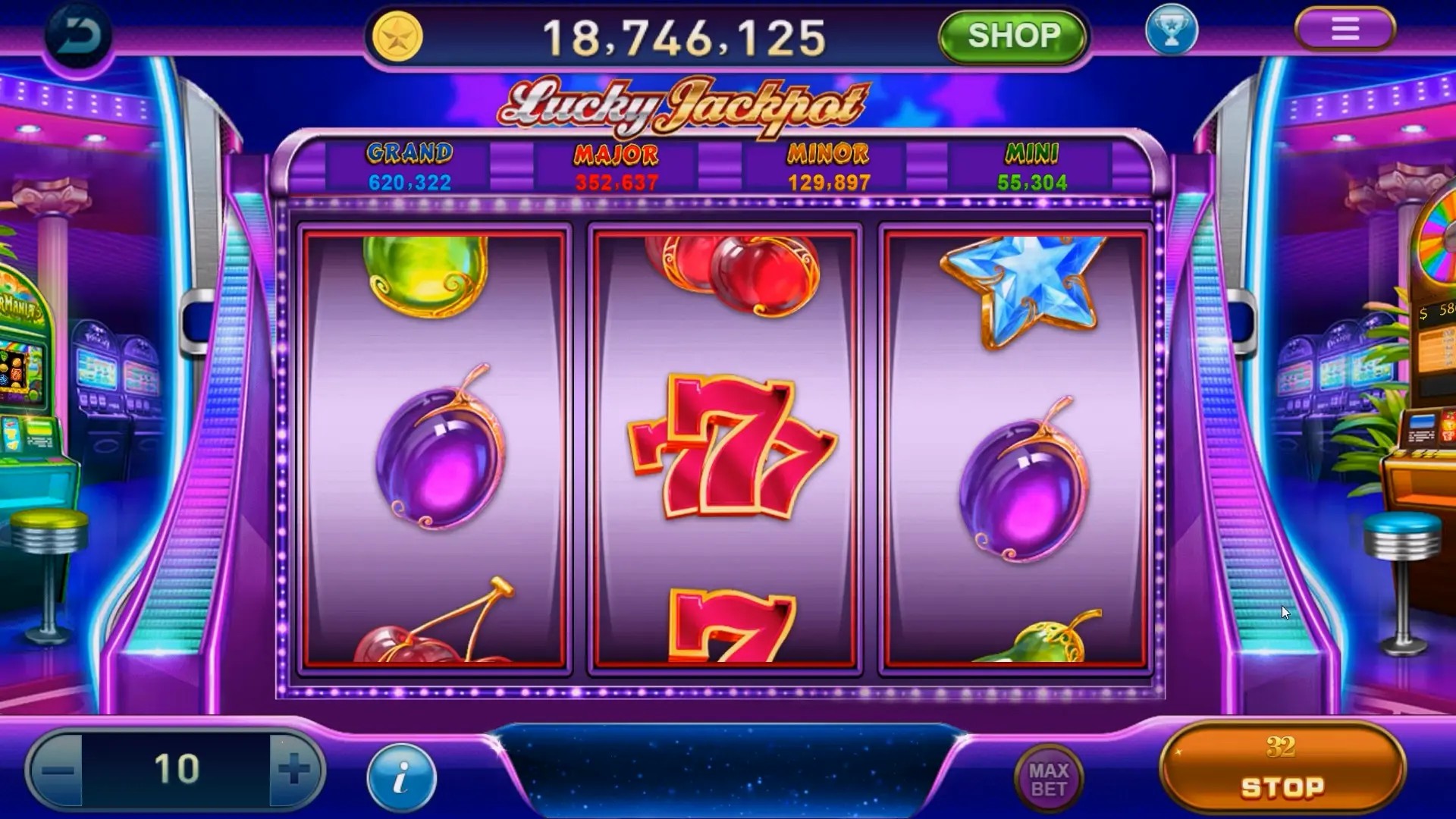The Surge in Casual Game Popularity in 2024
Who'd have thought casual games would surge to prominence in just a few short years? Yet here we are—browsing mobile app stores, clicking away between matches of puzzles or collecting virtual coins, many people aren't reaching for AAA titles—they're grabbing their phones for 5 minutes of lighthearted play. As technology becomes more accessible and smartphone penetration hits its peak, developers have realized there’s massive potential in bite-sized entertainment.
Casual games offer simplicity without sacrificing fun. Whether it's swiping through match-3 grids in **Evertale Heroes Clash**_ or tapping endlessly to climb rankings in idle simulations—the appeal is universal, particularly among younger audiences and professionals with limited free time. And guess what: this isn’t just about cute animals jumping platforms or fruit-matching frenzy. The casual game genre now includes strategic elements borrowed from hyper-casual mechanics, making even quick gameplay sessions addictive without burnout.
Differentiating Casual Games from Core and Indie Titles
| Casual Games | Core Gaming Titles | Indie Developers' Offerings | |
|---|---|---|---|
| Learning Curve: | Laidback / Almost Instant | Highly Skill-Based Gameplay | Fairly Accessible but Diverse |
| Motivational Hooks: | Daily logins / Rewards Systems | Narrative Arcs & Mastery Goals | Innovative Narratives |
| Engagement Pattern: | Quick Snack Moments / Short Bursts of Activity | Extended Play Hours | Mid-Length Sessions / Varied Time Frames |
| Main Monetization Tools: | In-app Purchases | DLC Packs, Premium Edition Expansions | One-Time Purchases & Early Access Models |
Gaming Industry Revenue Shift Towards Free Mobile Experiences
- Report highlights: Casual mobile downloads soared beyond 82 million downloads globally (Y-o-Y Growth +9%).
- eua Sports fc 24 premium membership sales saw an unexpected drop while hybrid monetized experiences surged ahead.
- The top-grossing chart was unexpectedly crowded by free-to-start casual games incorporating optional micro-purchases without frustrating paywalls.
According to Statistica research data from mid-March '24 surveys, solo gamers aged 25–34 dominated engagement metrics across major app stores.
Note: These shifts align with how EA’s FC Ultimate team expanded access models in late Q2 of this year while introducing new visual interfaces for club creation tools—an effort possibly aimed at drawing back aging Gen X consumers still nostalgic for traditional soccer management titles.
Tactics Driving Engagement Among Young Gamers in Copenhagen
Ever wonder why casual experiences dominate usage in northern countries like Denmark during long winters when socializing drops below average levels per local statistics bureau estimates? Here's what insiders report observing:
- Predominantly Played During Commutes.
Danish users often play during morning tram rides to central stations and coffee breaks. - Variability Across Game Design Preferences.
Scandinavian youth enjoy minimalist aesthetics yet demand variety in mechanics after completing story arcs (especially those with Norse mythology twists). - Low Barriers = Rapid Expansion Into Elder Generations.
Folk aged above fifty-five engage daily with crosswords, tile-swapping challenges, farming sims. - Integration With Streaming Cultures Is Minimal But Growing Quickly.
Although rare until late 2022, creators from Malmö onward now casually discuss these apps on Twitch—often with family members playing alongside them.
Why the Casual Market Outpaces Competition Despite High Production Budgets Elsewhere?
Despite having lower production values than console-heavy hitters, casual offerings benefit from three crucial dynamics:
- Cost Accessibility: New players don't face expensive entry fees unless they wish for ad-elimination passes.
- Sustainable Player Retention Loops: Daily login rewards, evolving meta systems in collectibles-based design (think RetroBots Legacy) create lasting habits without overwhelming complexity.
- Monetization Without Alienation: Developers avoid aggressive tactics that turn players off—opting instead for optional upgrades that improve UX over punishing difficulty walls.
Additionally, unlike blockbuster franchise fatigue affecting annual launch expectations in action-adventure genres, casual development allows frequent small-scale updates—a rhythm closer aligned with social media-driven consumer habits, especially among younger demographics.
Promoting Long-Term Interest While Staying Light: Best Hero Picks for ‘Last War Battle'
If you’re dipping toes in 'Last War Challenge', here's what current players love building their strategies around. These selections can boost progression early on and keep things balanced through level spikes:
Hana, Blade Strategist
A support-heavy fighter with fast critical combo skills ideal for defense phases or ambush setups.
*Great in co-op dungeons where coordination determines outcome.*Rexor, Colossus of Flameguard Hold
An offensive juggernaut specializing in area-wide destruction—use strategically in boss battle pre-charging moments
*Best when combined with shield-barring healers*Elaria Swiftwhisper
Suited for high-speed skirmishes, she’s your secret weapon if you want swift repositioning or surprise attacks across terrain cliffs.
*Effective during map domination races before rival teams set campfires.*In Summary — What Does All This Mean For Developers & Danish Consumers?
From a marketing lens, the growth curve reflects changing lifestyles—not just better graphics. People juggle multiple screen formats throughout the day—casual gaming slots beautifully into fragmented pockets left by meetings, train waits, or even during dinner prep.
Bullet-point insights from recent Nordic user testing results reveal several actionable conclusions for stakeholders:
- Localization remains essential; players in Norway and Denmark favor UIs with light regional dialect references—Swedish-speaking regions less so, highlighting cultural nuances.
- Family-centric content thrives; cooperative modes and multi-account support are frequently requested features from households seeking shared activities post-school/daycare closures (due to flu spikes observed late last winter season).
- Hybrid live ops integration—where weekly rotating objectives appear simultaneously across multiple IP titles—drives cross-title engagement significantly (average time-increase: +13% since March '24 pilot programs launched).
So where next? Maybe not everything turns into a clicker or a timed resource race—but expect bigger names entering the market soon. If FC's shift indicates one thing, it's that even legacy franchises might soon embrace lighter gameplay loops and softer monetization paths. If you haven't considered trying some top-ranking Danish-favored mobile releases this week...
Here's our latest editorially picked lineup to jump into before summer kicks off!



